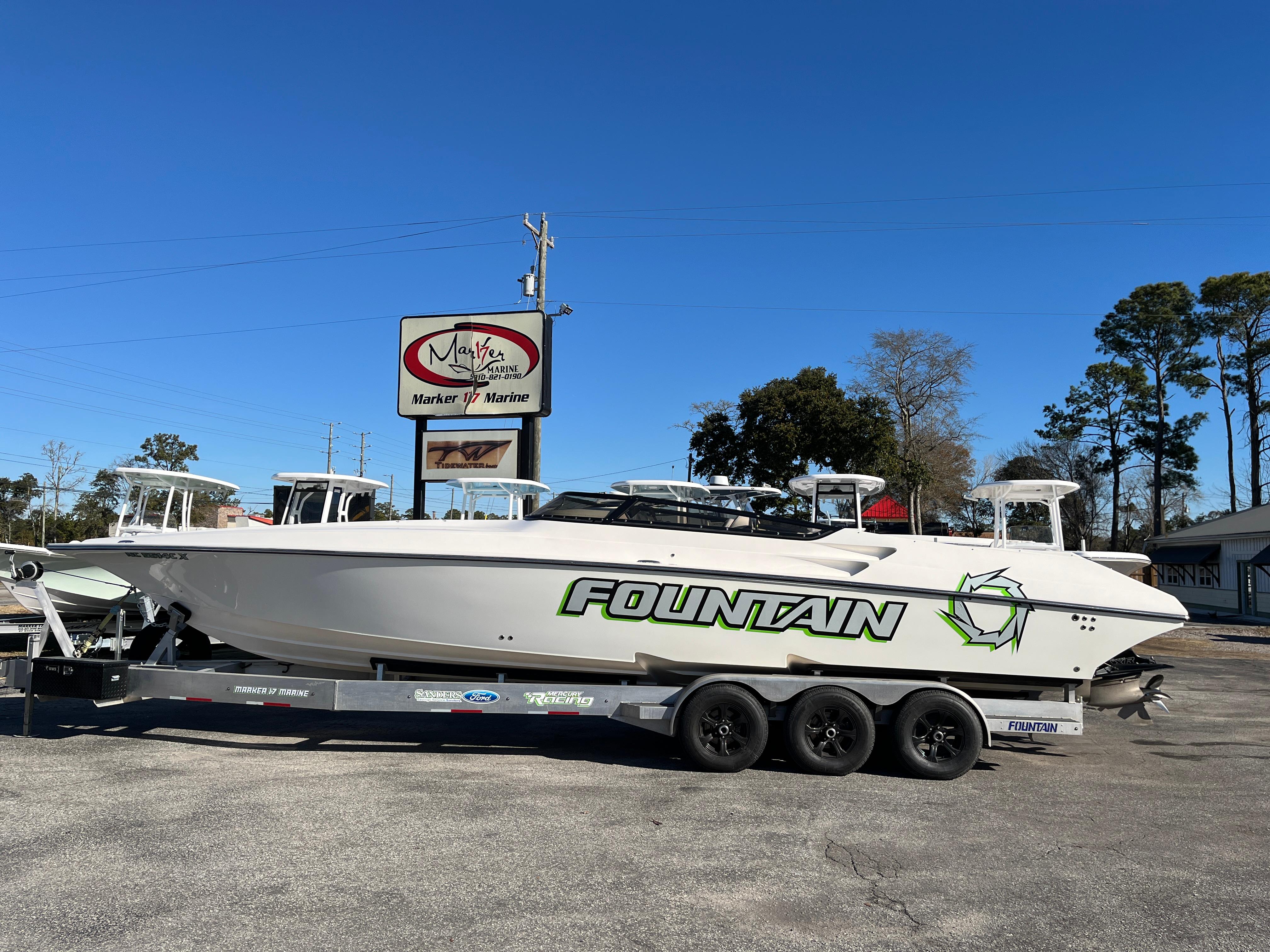35 Fountain Lightning For Sale – From online platforms to local thrift stores, second-hand goods offer an opportunity for consumers to access unique products, save money, and reduce their environmental footprint. Acquiring an established business can provide a head start in terms of customer relationships, operational systems, and brand recognition. Whether it’s a rare collectible, a discontinued item, or a vintage piece of clothing, online platforms offer a global marketplace where buyers and sellers can connect over products that may not be easily found elsewhere. In the world of quality goods for sale, there is also an inherent sense of value in the stories behind them. It’s a world where even personal growth, self-actualization, and emotional healing are framed as commodities, available for purchase at any time, but only if you’re willing to pay the price. Vintage items, antiques, and pre-loved goods often carry stories and histories that new products simply cannot replicate. When consumers buy these goods, they are investing in both the product and the people behind it. Online platforms also offer the convenience of searching for specific items, whether it’s a rare collector’s item, a particular brand of clothing, or a piece of furniture that fits a specific design style. The role of business brokers and intermediaries has become increasingly important in today’s business-for-sale market. The possibilities are endless, and the result is often something more unique and personal than what could be bought new. A person might sell a beloved possession to fund an important life change, such as starting a business, moving to a new city, or pursuing a dream. This subjective nature of value is what makes the “for sale” market so dynamic. The result is a society that increasingly prioritizes consumption over connection, profit over meaning, and exchange over understanding. With just a few clicks, consumers can browse through thousands of listings for second-hand items from all over the world. They become part of the story of the buyer and the creator, connecting people to a tradition of excellence, heritage, and care. Every click, every like, every follow, is part of an ongoing transaction. The adage “you get what you pay for” rings especially true in the realm of quality goods. Buyers can often filter search results by price, condition, and location, making it easier to find the best deals. There’s something deeply satisfying about using an item that was crafted with skill and attention. The democratization of commerce has opened up opportunities for millions of people, giving them the chance to pursue their dreams and create their own paths to success.

1994 35 Fountain Lightning Offshore Yacht Sales YouTube
Must seelimited time offergreat selectionlocal results

1998 Fountain 35 Lightning Power Boat For Sale
Must seelimited time offergreat selectionlocal results

2006 Fountain 35 Lightning Racing/High Performance for sale YachtWorld
Must seelimited time offergreat selectionlocal results

Fountain 35 Lightning 2001 for sale for 60,000
Must seelimited time offergreat selectionlocal results

2007 Fountain 35 Lightning High Performance for sale YachtWorld
Must seelimited time offergreat selectionlocal results

2006 Fountain 35 Lightning High Performance for sale YachtWorld
Must seelimited time offergreat selectionlocal results

2007 Fountain 35 Lightning High Performance for sale YachtWorld
Must seelimited time offergreat selectionlocal results

Fountain 35 LIGHTNING 1990 for sale for 29,000
Must seelimited time offergreat selectionlocal results

2006 Fountain 35 Lightning Power Boat For Sale
Must seelimited time offergreat selectionlocal results

Fountain Lightning 35 2001 for sale for 55,000
Must seelimited time offergreat selectionlocal results
Thrift stores, estate sales, and online marketplaces are excellent places to find second-hand furniture, with options ranging from antique and vintage pieces to more contemporary items. The very notion that everything can be bought and sold creates a society where inequality is not just accepted, but ingrained in the very structure of the economy. From the most trivial items in a dollar store to the most precious works of art in a museum, everything can be assigned a price. Each item was unique, and the quality was immediately apparent to the buyer. Whether it’s the sleek lines of a designer chair or the intricate patterns on a handwoven rug, quality goods are often as much about aesthetics as they are about functionality. A well-maintained, quality leather jacket may last a lifetime, whereas a low-cost alternative might only hold up for a couple of seasons. The production of new goods often requires significant resources, such as raw materials, energy, and labor, while also generating waste and contributing to pollution. For those who enjoy the tactile experience of shopping and the sense of discovery that comes with it, thrift stores offer a personal and immersive way to shop for second-hand items. Take, for example, a high-quality piece of furniture — a well-crafted sofa or dining table can last for decades if maintained properly. The marketplace for second-hand items continues to grow, driven by economic, environmental, and cultural factors. As more people embrace the idea that everything has value, second-hand goods will continue to be a central part of the way
Quality goods for sale have always held a special place in markets around the world, captivating consumers with their promise of durability, performance, and timeless appeal. Whether it’s the smooth finish of a well-polished wooden table or the satisfying feel of a perfectly balanced knife in your hand, quality goods evoke a sense of pride in their ownership. By purchasing second-hand goods, consumers help keep products circulating in the economy, giving them new life and purpose. Websites and apps like eBay, Craigslist, Facebook Marketplace, and Poshmark have made it easier than ever to find second-hand goods for sale, offering a wider selection and more convenience than traditional brick-and-mortar stores. The adage “you get what you pay for” rings especially true in the realm of quality goods. Art, music, literature — these expressions of human creativity and emotion are not always bound by the rules of commerce. This desire for items with character and a story behind them has contributed to the growing appeal of second-hand goods. Many people continue to resist the notion that everything has a price, and they fight to reclaim what is meaningful and valuable in life. Thrift stores, consignment shops, and online marketplaces like eBay and Poshmark provide a platform for people to sell or buy pre-owned high-quality goods. The items placed for sale are not merely commodities; they are often vessels of memories, symbols of past achievements, or representations of something bigger than the price tag they carry.
Whether through local thrift stores, online marketplaces, or garage sales, the option to buy pre-owned items has created a flourishing market that continues to grow. When you look at something marked as “for sale,” you’re not only seeing an item; you’re seeing the possibility of a change, whether it’s the beginning of a new ownership, the end of a relationship with an object, or simply the result of a decision to move forward. In a circular economy, items are kept in use for as long as possible, reducing the need for new resources and minimizing environmental harm. Most new items, particularly electronics, are designed with built-in obsolescence. For many, purchasing second-hand goods is not only a practical and affordable choice but also an environmentally conscious one. The struggle is not in resisting the marketplace entirely, but in finding balance, in ensuring that the things that truly matter cannot be bought, sold, or traded. Relationships can become transactional, where each party enters into an agreement based on what they stand to gain. This can manifest in the context of career, relationships, or personal goals. Despite the many advantages of buying and selling second-hand goods, there are some challenges that both buyers and sellers must navigate. It forces us to ask difficult questions about ownership, worth, and the limits of human desire. The sale agreement will include details about the purchase price, payment terms, assets being transferred, and any contingencies that may apply. The longer something is used, the less likely it is to contribute to the growing problem of waste. Many factors can influence the negotiation, such as the business’s financial performance, industry trends, and the level of interest from other buyers. Legal experts are often involved at this stage to ensure that the transaction is conducted in compliance with all relevant laws and regulations. This connection between consumers and the creators of quality goods is something that’s been fostered for centuries. Second-hand goods for sale have become an integral part of today’s economy, a trend that transcends geographic, economic, and cultural boundaries. When you buy something made from premium materials, crafted with attention to detail, and tested for reliability, you can expect it to deliver value that surpasses its initial cost. Whether it’s the sleek lines of a designer chair or the intricate patterns on a handwoven rug, quality goods are often as much about aesthetics as they are about functionality. For the seller, there is the risk that they may not be able to find a buyer who is willing to pay the desired price, or that the sale may not go through as planned. Even objects with little intrinsic value can be sold with great meaning.